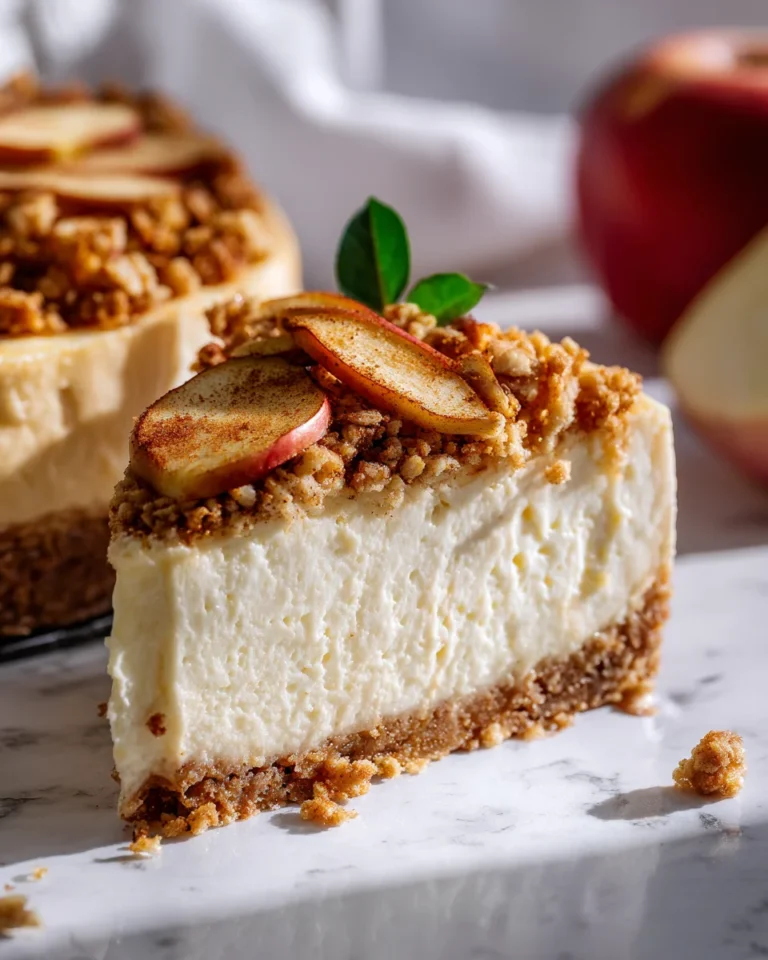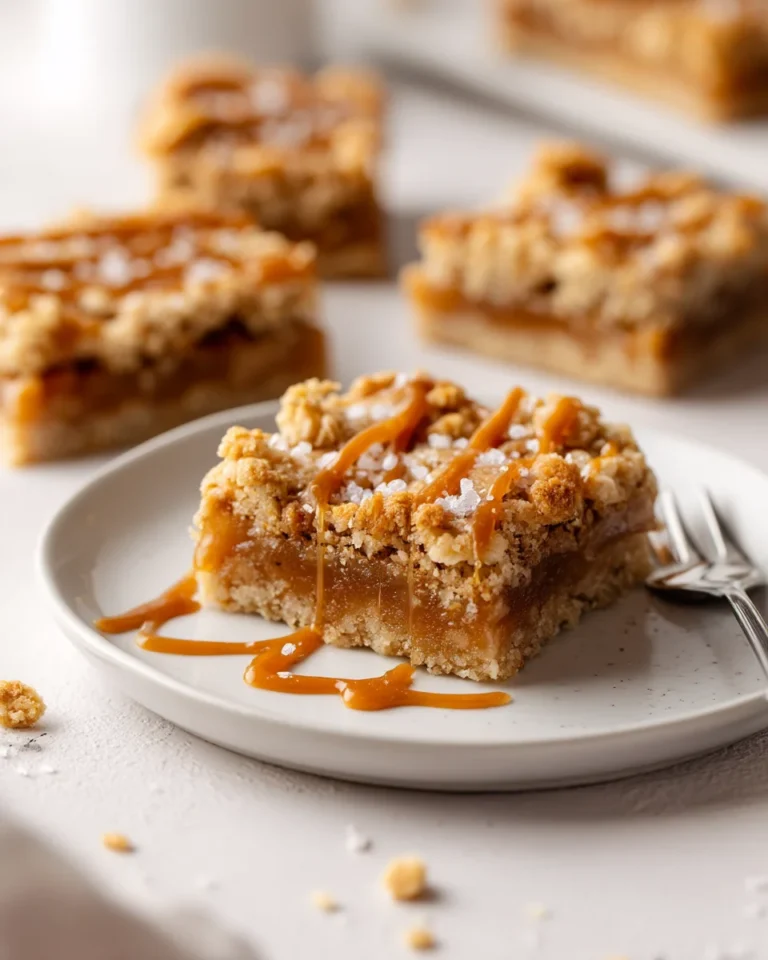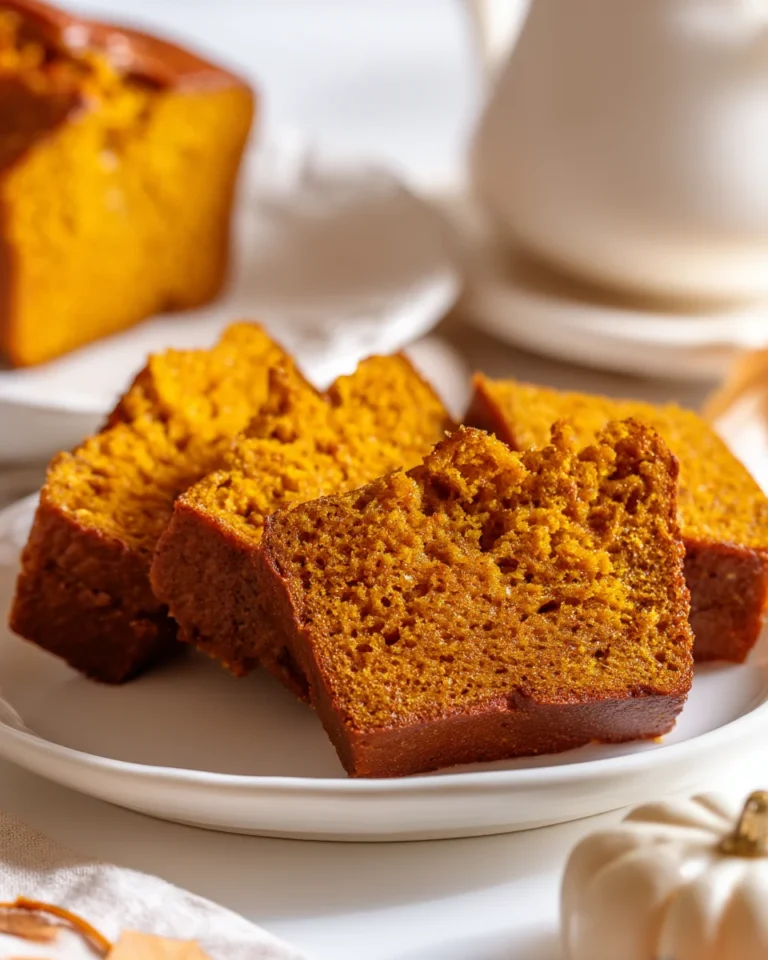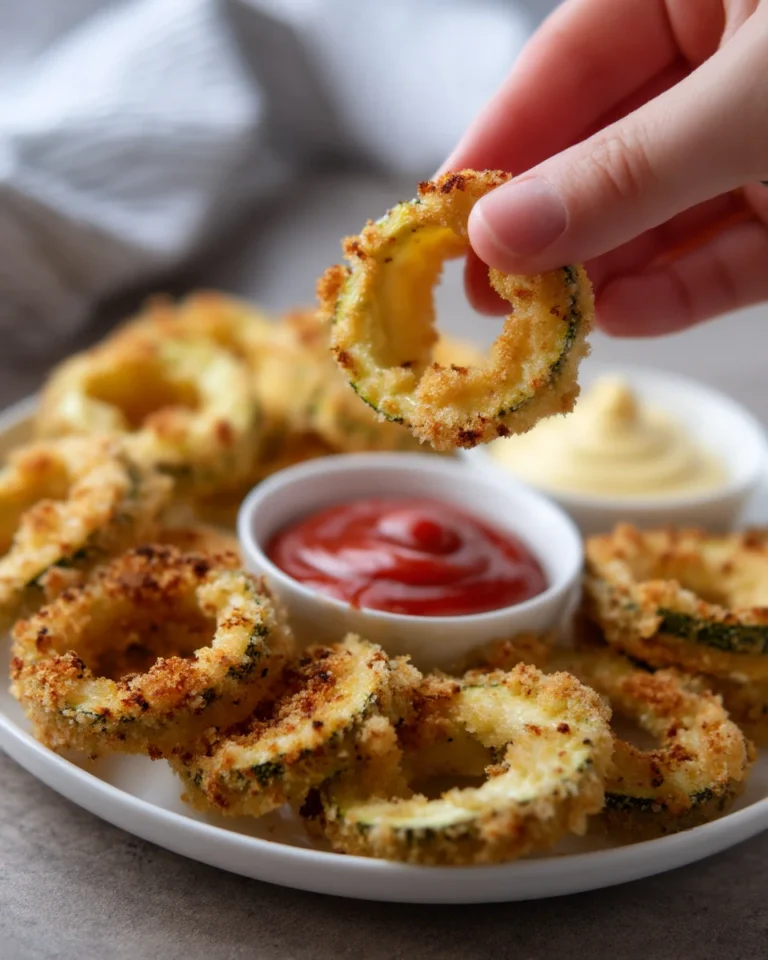Classic Homemade Lemonade
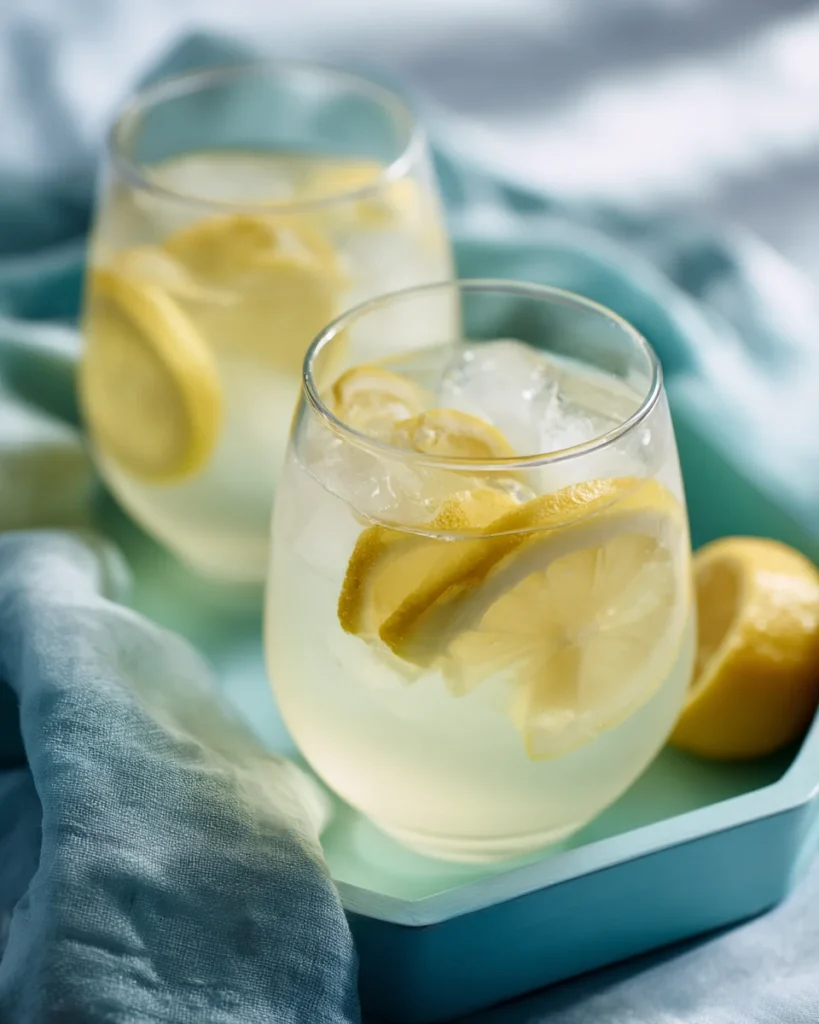
Why I Keep Coming Back to Homemade Lemonade
Heat pressed its way through the kitchen window last summer as I dropped a slice of juicy Meyer lemon into a glass. That bright pop of yellow juice—zesty, vibrant, and sunlit in flavor—hit me right in the nostalgia. I remember my grandmother’s lemonade stand in our front yard: hand-squeezed lemons, a dash of sugar, and her soft encouragement when I fished out a particularly large seed. That memory still tastes like summer sunshine, and every time I stir up a fresh pitcher of homemade lemonade, I feel gently warmed by her presence. It’s not just a drink—it’s a link to simpler days, childhood laughter, and sleepy Sundays on her porch.
Quick Ingredient Snapshot
- Fresh Lemons: They bring that unmistakable zing and brightness—nothing beats juice squeezed straight off the tree.
- Sugar (or alternative sweetener): Balances the tartness and enhances the flavor. Adjust to your taste!
- Water: I usually go half cold brew and half sparkling to make it special—but basic is just fine.
- Ice: Vital for that refreshing chill on a hot afternoon. Optional mint garnish adds a cooling touch.
Why You’ll Love This Recipe
Every sip of homemade lemonade is like a mini-vacation—refreshing, simple, and uplifting. For busy cooks, it’s a single-bowl, no-bake routine: squeeze, stir, serve. Perfect for summer barbecues or sipping poolside. For picky kids (or adults!), it’s customizable—too sweet, add more lemon; too tart, a bit of sugar. And don’t forget the vibe: sun, laughter, lemon slices floating around, condensation beading on glasses.
Unlike fizzy store-bought lemonade, this one has a crisp, natural lemon taste—clean, tangy, and less cloying. Its texture is smooth, not syrupy, so you can taste the fruit. I love both styles: this homemade cooler for easy afternoons and a richer, syrupy one for celebratory toasts.

Let’s Talk Ingredients
Fresh lemons are the heart of this recipe. Choose ones heavy for their size—that means they’re juicy. Roll them on the countertop before cutting to soften the membranes. Want to boost vitamin C? Here’s a good overview of citrus nutrition from the USDA to help you out.
Sugar is standard, but honey or maple syrup gives floral undertones. A simple syrup (heated sugar and water until the sugar dissolves) blends more smoothly than granulated stirred cold. Alternatively, try a zero‑calorie sweetener—just be mindful because those can taste artificial.
Water is flexible: use filtered tap, chilled, or lightly sparkling. Sparkling water adds a festive personality, especially with a twist of mint or thyme.
Ice is essential—use big cubes so they melt more slowly. For an extra pretty touch, freeze lemon slices or mint leaves into the ice cubes.
If you’d like to take your lemonade up a notch with fresh berries, check out my Blueberry Lemonade. It’s just as easy and adds a burst of color and flavor
How to Make Homemade Lemonade
Prepping the Ingredients
Start by rolling your lemons to make them juicier. Then slice each in half and juice them—by hand, with a lemon squeezer, or a reamer. Aim for about 1 cup of juice from 4–6 lemons, depending on size.
Sweetening & Mixing
In a pitcher, combine the lemon juice with sugar. For the smoothest texture, dissolve the sugar in a bit of hot water (about ¼ cup) first—basically making a quick syrup. Let it cool before adding the lemon.
Dilution & Chill
Add cold or sparkling water until the lemonade tastes just right—usually about 3–4 cups. Taste and adjust: more water for milder flavor, more lemon if it’s too sweet.
Final Touches
Fill glasses with ice and pour over the lemonade. Garnish with lemon wheels, sprigs of mint, and optional edible flowers. Watch the condensation collect on the chilled glass—that’s your cue to chill and enjoy.
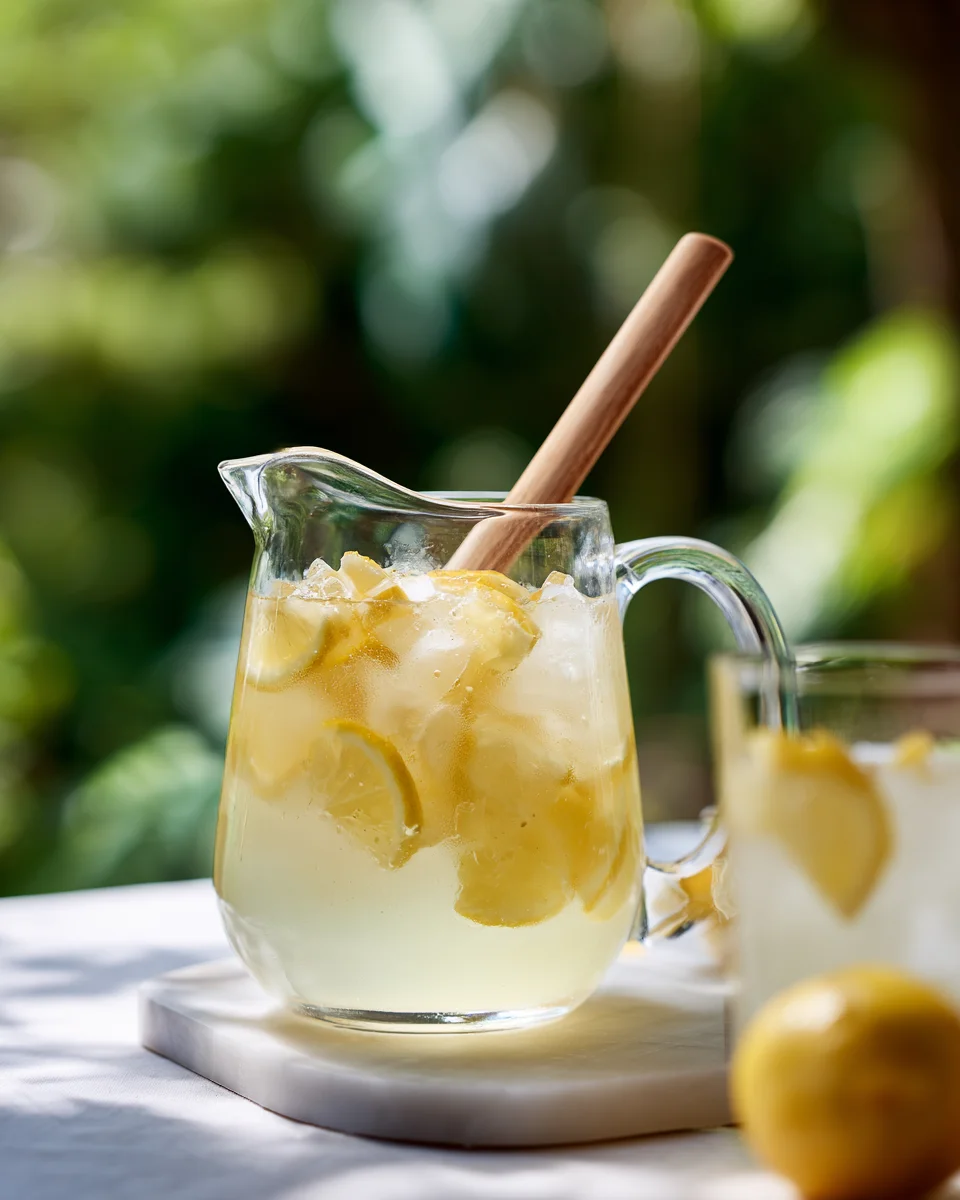
Recipe Don’ts
- Don’t use bottled lemon juice—it often tastes flat and lacks freshness.
- Don’t pour super-hot sugar syrup over juice—it can dull the bright citrus flavor.
- Don’t skip rolling the lemons—it really does make juicing easier and increases yield.
- Don’t over-dilute. The goal is bright, crisp lemonade—not just flavored water.
Variations You’ll Love
- Herb-infused Lemonade: Add basil, thyme, or rosemary to the simple syrup while it’s cooling, then strain.
- Berry Lemonade: Muddle raspberries, strawberries, or blueberries in the bottom of glasses before adding lemonade.
- Sparkling Lemonade: Use sparkling water or soda water for a fizzy twist—perfect for brunch or garden parties.
- Ginger-Lemonade: Stir in a teaspoon of grated fresh ginger or use ginger syrup for a spicy kick.
- Keto-Friendly: Replace sugar with a few drops of liquid stevia or monk fruit. Adjust to taste.
Expert Tips, Swaps & Storage Advice
- Make ahead: Store the lemon juice and simple syrup separately in airtight jars in the fridge for up to 5 days. Mix with water when needed.
- Freeze it: Pour extra juice into ice cube trays for future batch creation.
- Keep lemonade vibrant: Always add ice just before serving to prevent dilution.
- Adjust sweetness gradually: Mix sugar into small amounts of warm water first—then taste. It’s easier to add than subtract flavor.
What to Serve This With
Serve this homemade lemonade with your summer spread—think grilled veggies, fresh tomato salad, or light chicken skewers. For weekend brunch, pair it with blueberry muffins or lemon poppy seed pancakes. When the weather’s hot, enjoy it picnic-style with cheese boards and chilled watermelon.
FAQs
What is lemonade made of?
At its core, lemonade is made from just three ingredients: fresh lemon juice, water, and a sweetener (usually sugar). Some variations add herbs or fruit, but this trifecta is all you need for that classic balance of tart and sweet.
What is a lemonade?
Lemonade is a refreshing drink made primarily from lemon juice, water, and sugar. It’s known for its bright, citrusy flavor and cooling effect—especially when served over ice on a hot day. It can be still or sparkling, depending on your preference.
How to make traditional lemonade?
To make traditional lemonade, you start by juicing fresh lemons. Mix the juice with sugar until dissolved—either directly or by making a quick simple syrup with warm water. Then add cold water to taste. Chill it with ice and serve with optional lemon slices or mint.
Which drink is lemonade?
In the U.S., lemonade refers to a non-carbonated drink made with lemons, water, and sugar. In the UK, however, “lemonade” often means a fizzy, lemon-flavored soda. This recipe is the classic American version—fresh, still, and beautifully citrusy.
Why does lemonade sometimes taste bitter?
Allrecipes advises that the bitterness often comes not from the peel, but from the white membrane—the pith—lining the rind. Use a sharp peeler to take only the colored zest and avoid that sharp taste. Learn more on Allrecipes: Vintage Lemonade tip on removing pith
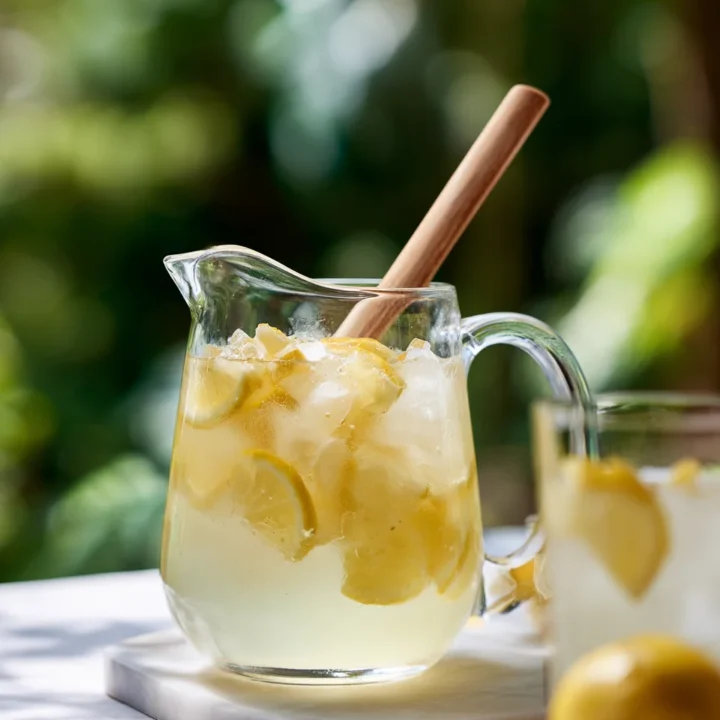
Homemade Lemonade
This homemade lemonade is the ultimate summer refresher—bright, citrusy, and perfectly balanced with fresh lemon juice, just the right amount of sweetness, and icy chill. Great for sipping on the porch or pairing with your favorite summer meal.
Ingredients
- 1 cup fresh lemon juice (about 4–6 lemons)
- ½ to ¾ cup granulated sugar (adjust to taste)
- 4 cups cold water
- 1 cup ice
- Optional: mint leaves, lemon slices for garnish
Instructions
<ol><li>Juice your lemons until you have 1 full cup of juice.<br/></li><li>In a small bowl, dissolve the sugar in ¼ cup warm water to make a quick simple syrup.<br/></li><li>In a large pitcher, combine lemon juice and syrup. Stir well.<br/></li><li>Add 4 cups cold water, taste, and adjust sweetness if needed.<br/></li><li>Chill with ice and garnish with lemon slices and fresh mint. Serve immediately.</li></ol>
Notes
For a sparkling twist, swap some of the cold water for sparkling water. Try adding berries or fresh herbs like basil or rosemary for flavor variations.

